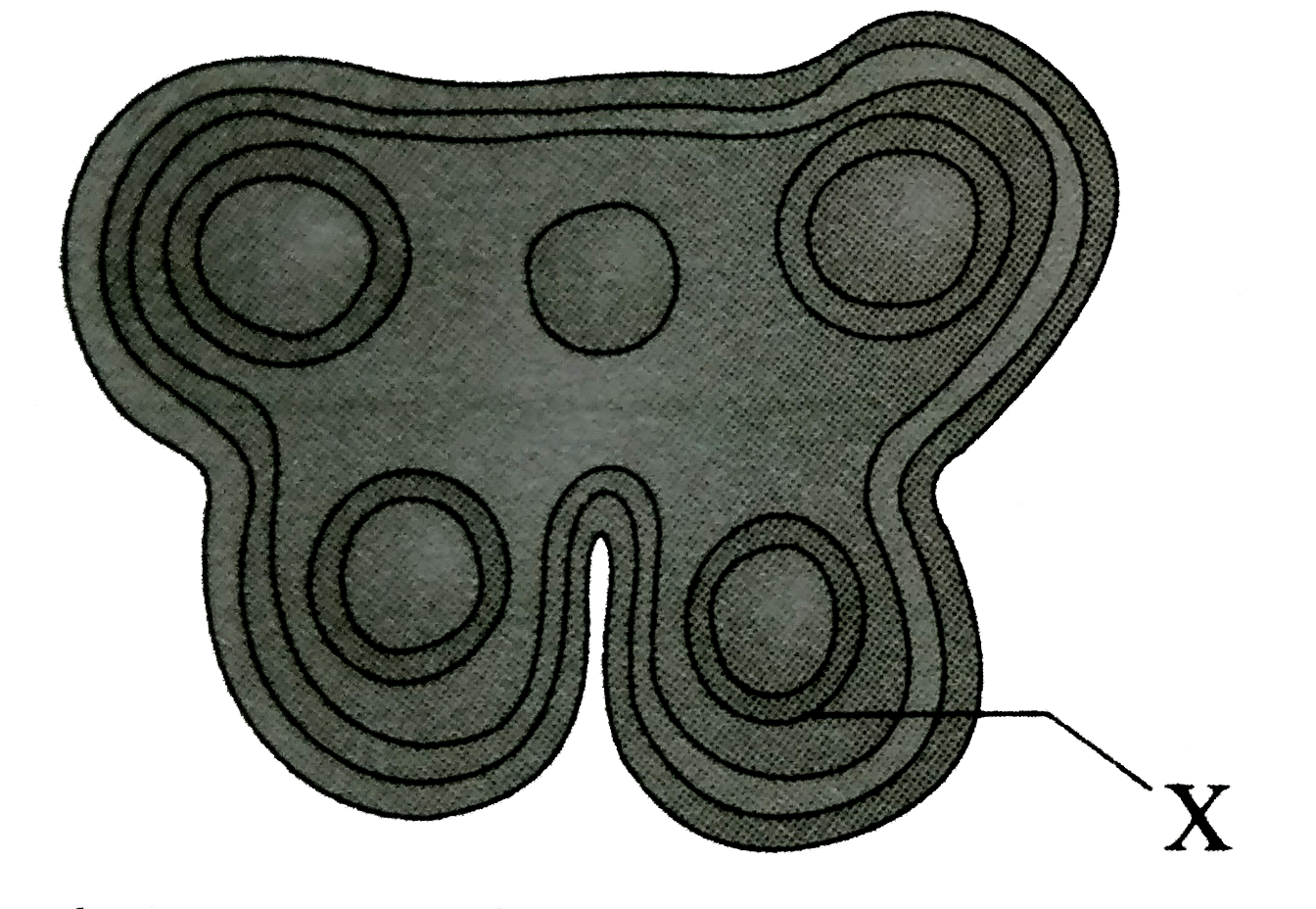Physiologically functional part of wood is
Heart wood only
Sap wood only
Only primary wood
Both heart wood & sap wood
The correct Answer is:B
Step-by-Step Solution:
1. Understanding Wood Structure: Wood is primarily composed of two types of xylem: primary xylem and secondary xylem. The secondary xylem is formed as trees grow older and is responsible for most of the wood's structure.
2. Identifying Components of Wood: In older trees, the secondary xylem undergoes changes due to the deposition of various organic substances such as tannins, resins, oils, gums, and aromatic compounds. These deposits contribute to the wood's hardness and durability.
3. Distinguishing Between Types of Wood: The secondary xylem can be divided into two parts:
- Heartwood: The inner part, which becomes dark brown due to the deposition of substances. It is highly lignified and provides mechanical support but does not conduct water or nutrients.
- Sapwood: The outer part, which is lighter in color and is responsible for the conduction of water and minerals.
4. Function of Sapwood: The sapwood is the physiologically functional part of the wood because it actively conducts water and minerals from the roots to the leaves of the plant.
5. Conclusion: Therefore, the physiologically functional part of wood is the sapwood.
- Heartwood: The inner part, which becomes dark brown due to the deposition of substances. It is highly lignified and provides mechanical support but does not conduct water or nutrients.
- Sapwood: The outer part, which is lighter in color and is responsible for the conduction of water and minerals.
Topper's Solved these Questions
- STRUCTURAL ORGANISATION IN PLANTS (MOPRHOLOGY OF FLOWERING PLANTS & ANATOMY OF FLOWERING PLANTS)BOOK - ALLENCHAPTER - STRUCTURAL ORGANISATION IN PLANTS (MOPRHOLOGY OF FLOWERING PLANTS & ANATOMY OF FLOWERING PLANTS)EXERCISE - NEET-UG 2013
10 Videos
- STRATEGIES FOR ENHANCEMENT IN FOOD PRODUCTION & ANIMAL HUSBANDRYBOOK - ALLENCHAPTER - STRATEGIES FOR ENHANCEMENT IN FOOD PRODUCTION & ANIMAL HUSBANDRYEXERCISE - Question
47 Videos
- STRUCTURAL ORGANISATION OF ANIMALS (ANIMALTISSUE)BOOK - ALLENCHAPTER - STRUCTURAL ORGANISATION OF ANIMALS (ANIMALTISSUE)EXERCISE - S
32 Videos
Similar Questions
Knowledge Check
The function of labelled part X is
 AdehiscenceBmechanicalCnutritionDprotection
AdehiscenceBmechanicalCnutritionDprotection
In most animals all physiological functions proceed optimally in a wide temperature range (True/False)
View SolutionPhysiological demonstration of osmosis is carried out by
View SolutionPhysiologically active form of phytochrome is
View SolutionState one physiological function of zinc.
View SolutionProteins perform many physiological functions. For example, some functions as enzymes. One of the following represents an additional function that some proteins discharge
View SolutionState four physiological function / uses of ethylene.
View SolutionAssertion :- It is the metabolic, physiological or environmental conditions that regulate the expression of genes.
Reason : The genes in a cell are expressed to perform a particular function or a set of functions.
View Solution
